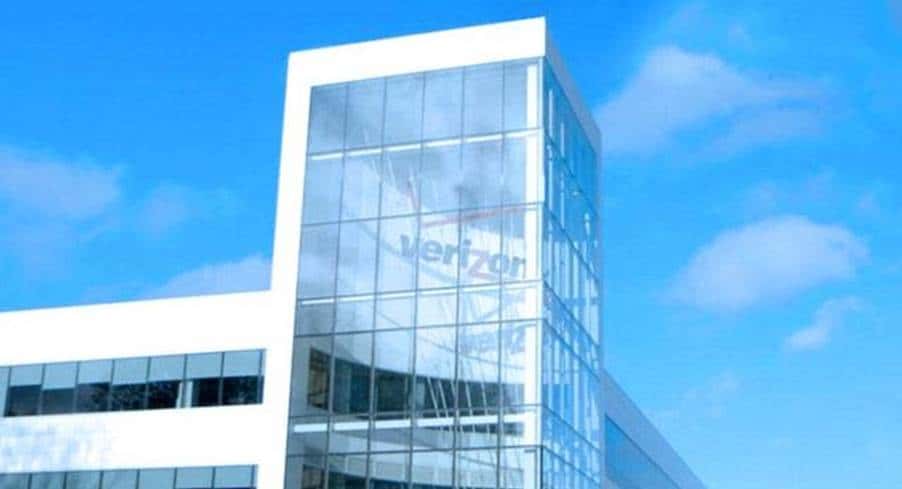Verizon this week announced that it is working with Corning, Ericsson, Federated Wireless, Google, Nokia and Qualcomm Technologies to test LTE-Advanced technologies using the Citizen Band Radio Spectrum (CBRS) spectrum.
After the successful initial trials last year, the companies are all collaborating in end-to-end system testing to further develop the use of this new spectrum.
The CBRS band is made up of 150 MHz of 3.5 GHz shared spectrum which until now has been primarily used by the federal government for radar systems. The FCC authorized shared use of the spectrum with wireless small cells in 2016.
By using LTE Advanced technology and carrier aggregation, Verizon will be able to use this shared spectrum to add capacity to its network. Verizon customers will benefit from more capacity, higher peak speeds and faster throughput when accessing the network.
For the end-to-end system testing, Federated Wireless and Google are providing prioritization through the Spectrum Access System (SAS) that dynamically prioritizes traffic within the FCC’s spectrum sharing framework for this band. Qualcomm Technologies is providing the Qualcomm Snapdragon TM LTE modem needed to access LTE on CBRS on mobile devices. Corning, Ericsson and Nokia have provided indoor and outdoor radio solutions which can run on the CBRS Spectrum.
Corning provided a SpiderCloud Enterprise RAN composed of a Services Node and SCRN-330 Radio Nodes.
In addition, participants in this ecosystem have set up private LTE sites which are using CBRS spectrum. Private LTE networks are being engineered to meet the needs of enterprise customers who want greater control over their LTE solutions including private on-site servers, control over access to their designated LTE network, as well as increased throughput and reduced latency through dedicated backhaul.
The end-to-end system testing, which began in February and will continue over the next several weeks, has provided actionable insights and have significantly advanced CBRS spectrum deployment feasibility, said Verizon.
Bill Stone, VP Technology Development and Planning, Verizon
There are many players in the CBRS ecosystem and these successful trials ensure all the various parts perform together as an end-to-end system for our customers’ benefit.




















